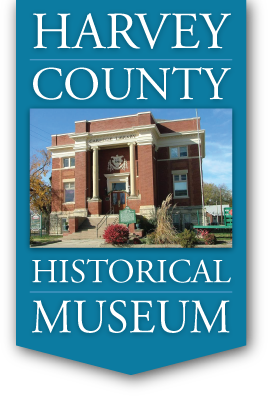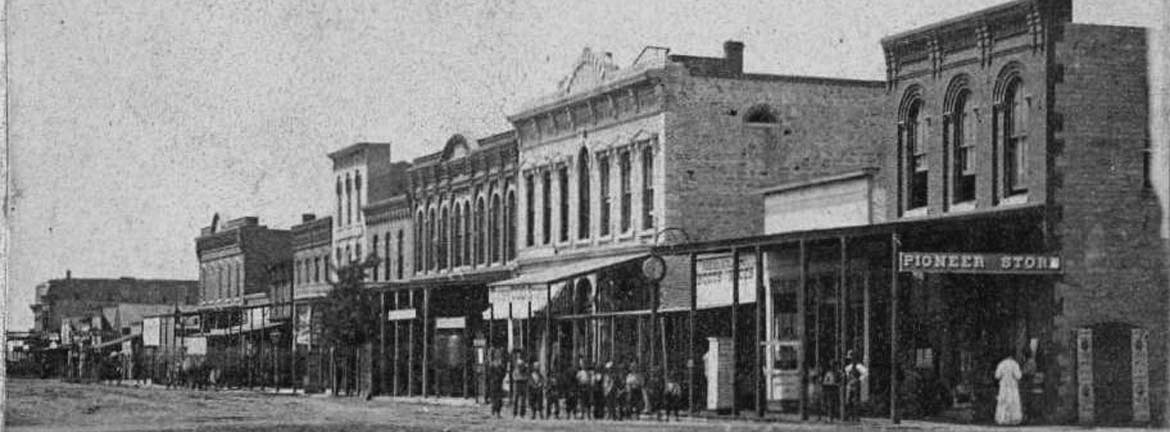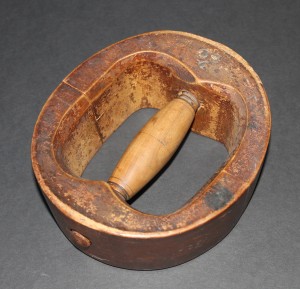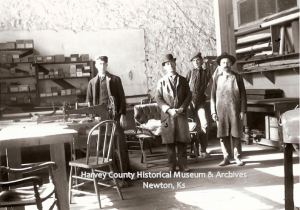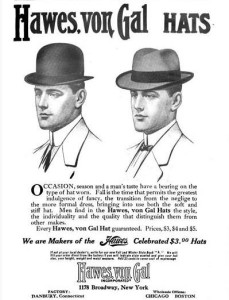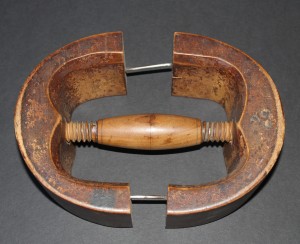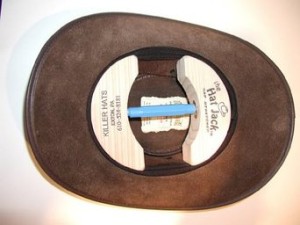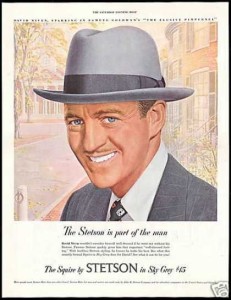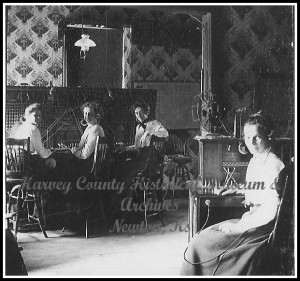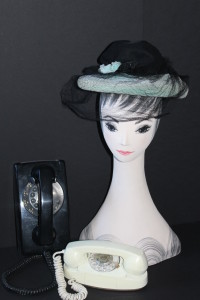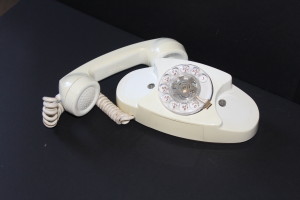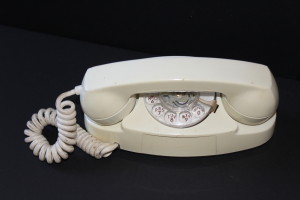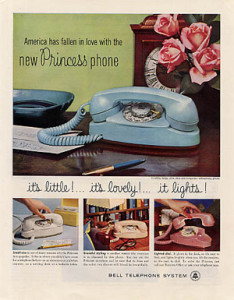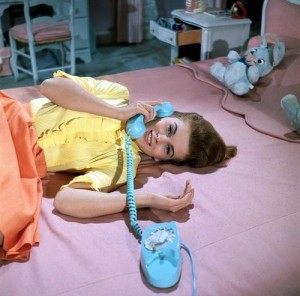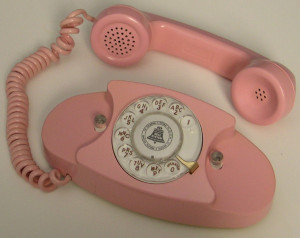by Kristine Schmucker, HCHM Curator
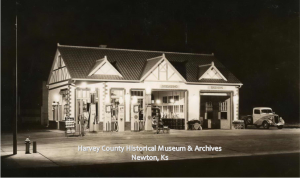
Schneider Oil Co, W. Broadway & Poplar, Newton, 1936.
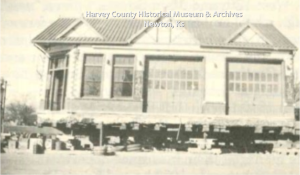
Moving Schneider Service Station, ca. 1937.
Several annexes were added the Newton High School building on west 7th throughout the 1930s. As a result of one of these additions, the Schneider Service Station at the corner of Poplar and Broadway was moved to the north west corner of 12th and Main, Newton. The station was owned by Sam Schneider with operators Darwin Minnis and Ralph Paul.
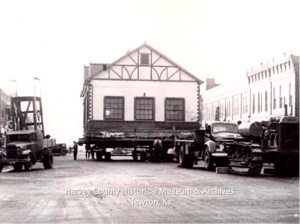
Moving down Main Street, Newton, ca. 1937.
The stucco, brick and concrete building had a tile roof with an estimated weight of 90 tons.
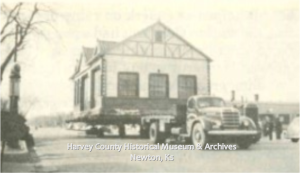
Moving down Main Street, Newton, Ks, ca. 1937.
Ed Unruh, Unruh Moving Service, Goessel, was contracted to move the building to the new location. Ed Unruh was a well-known building mover in the area for over 16 years.
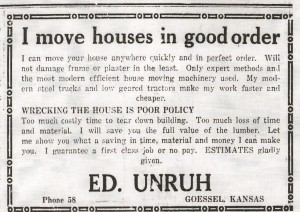
Evening Kansan Republican, 20 October 1922, p. 3.
The difficult job was considered a success and the service station was soon open for business. In 1946, Jack Hay took over the management of the station, selling Cities Service gasoline. By 1950, he had switched to Phillips 66 gasoline. For the next 25 years, Hay sold gas, tires and accessories.
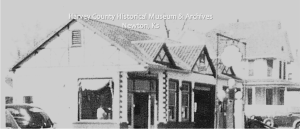
Phillips 66 Station, 12th & Main, Newton. Owner, Jack Hay, ca. 1946.
Sometime during the late 1960s or early 1970s, the building was torn down and Mid-Continent Federal Savings built a new building at the site.
Sources:
- Evening Kansan Republican, 22 September 1909, 29 January 1910.
- Evening Kansan Republican, 20 October 1922, p. 3.
- Mennonite Weekly Review 22 March 1945, 29 March 1945, with full obituary 5 April 1945, p. 3.
- Smurr, Linda C. ed. Harvey County History Newton, Ks: Harvey County Historical Society, 1990.
